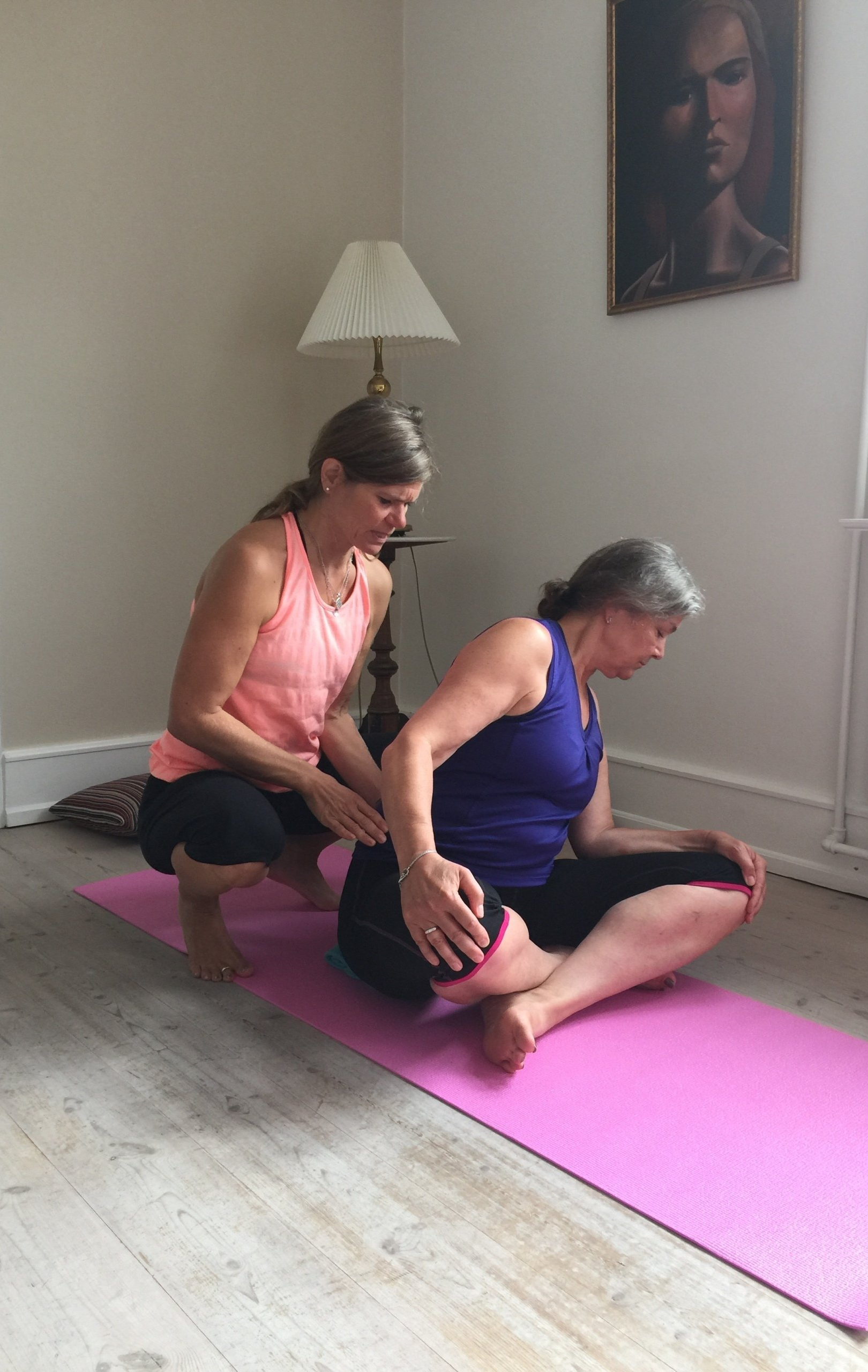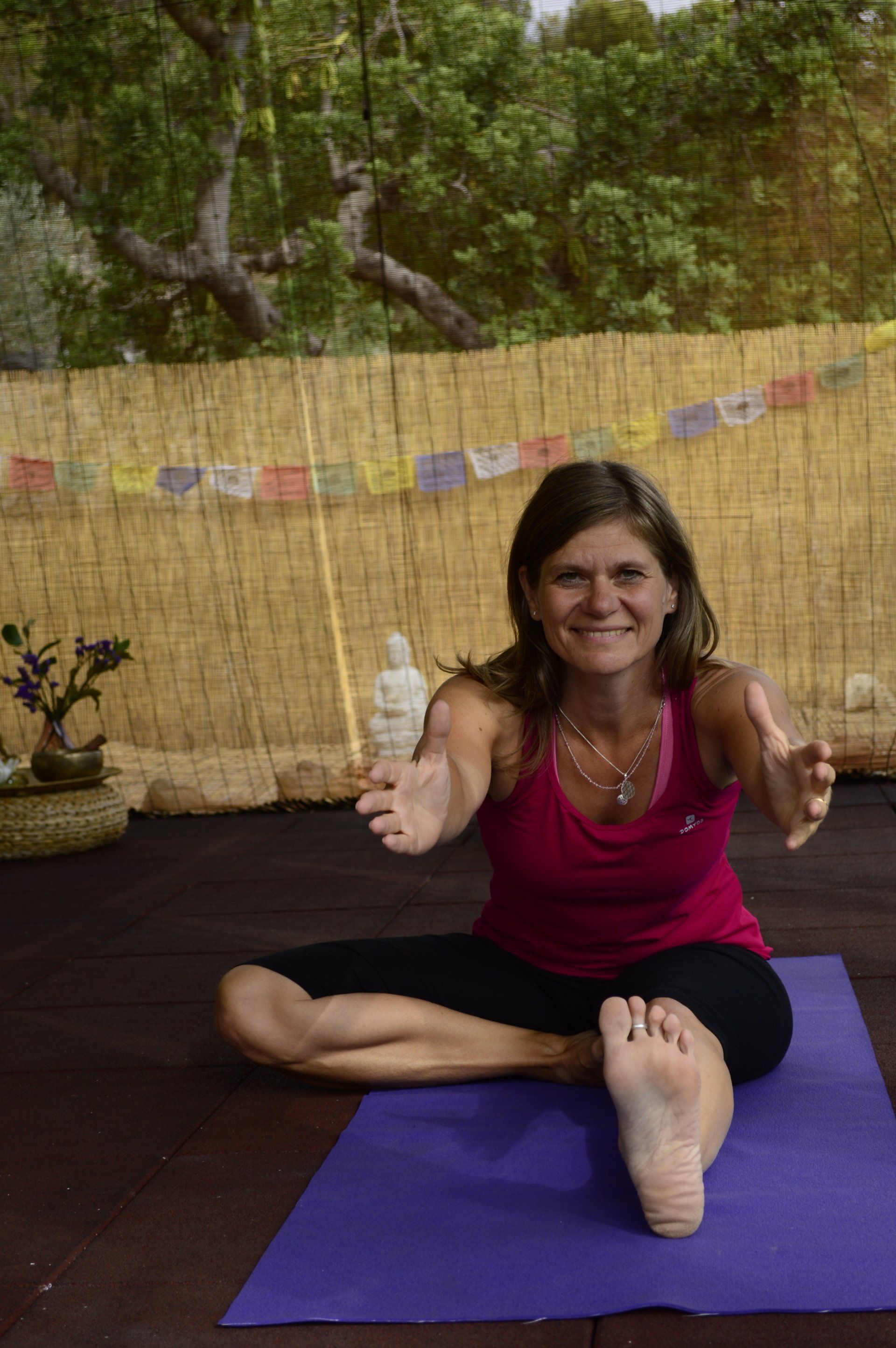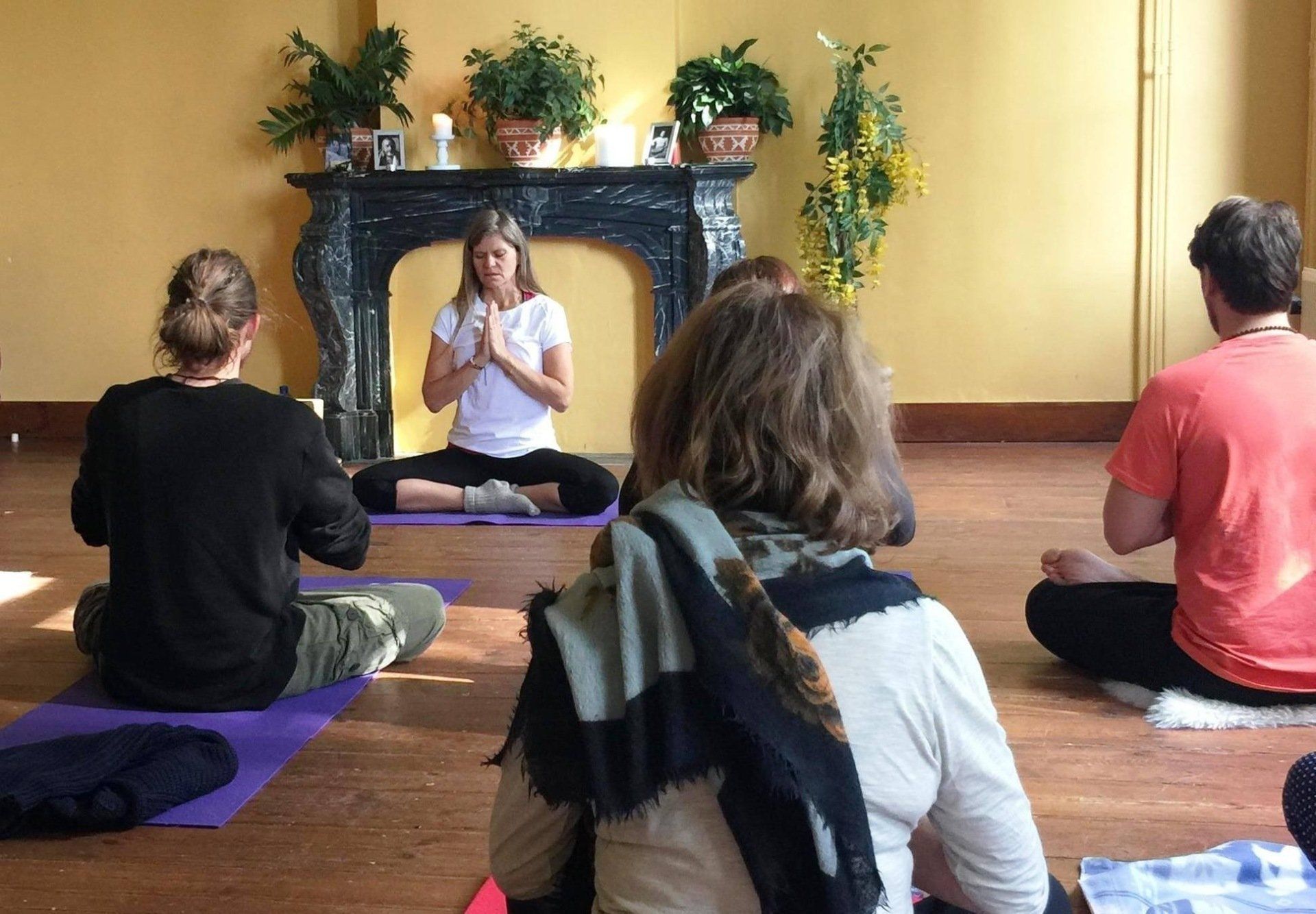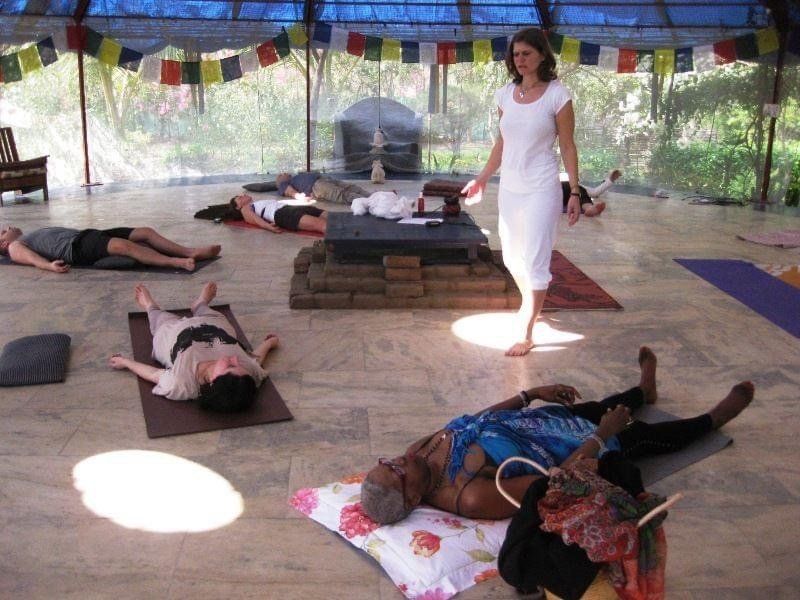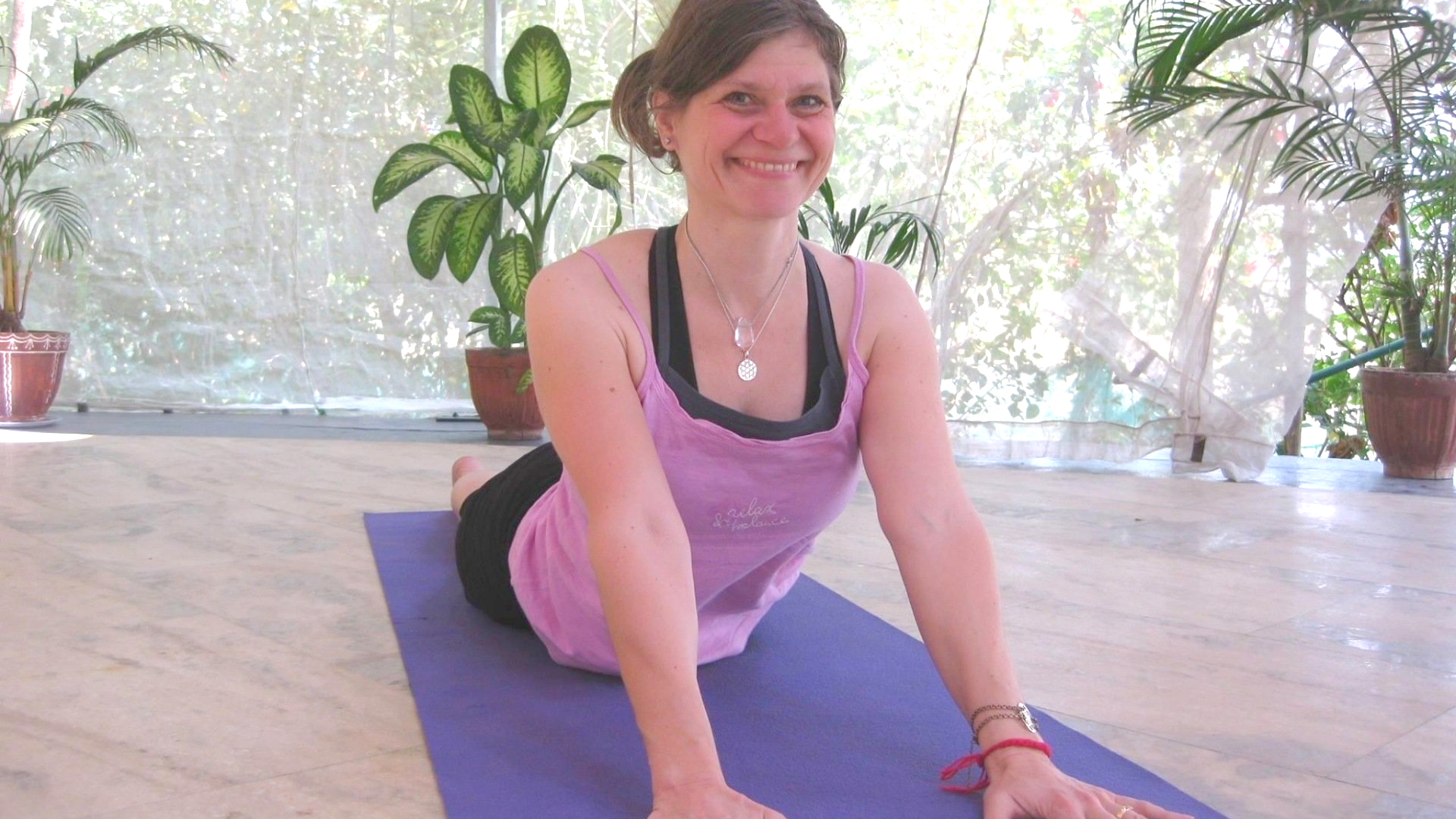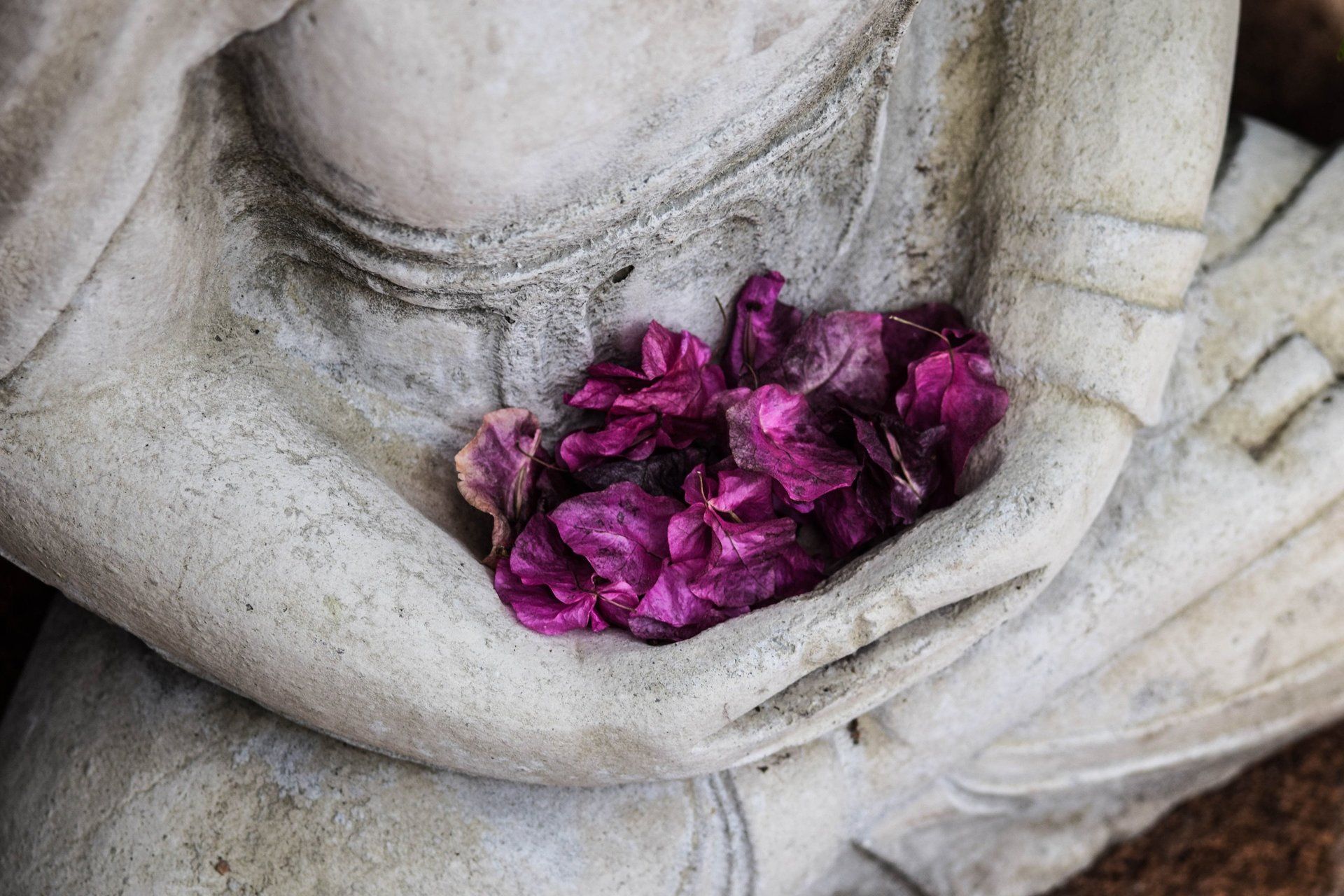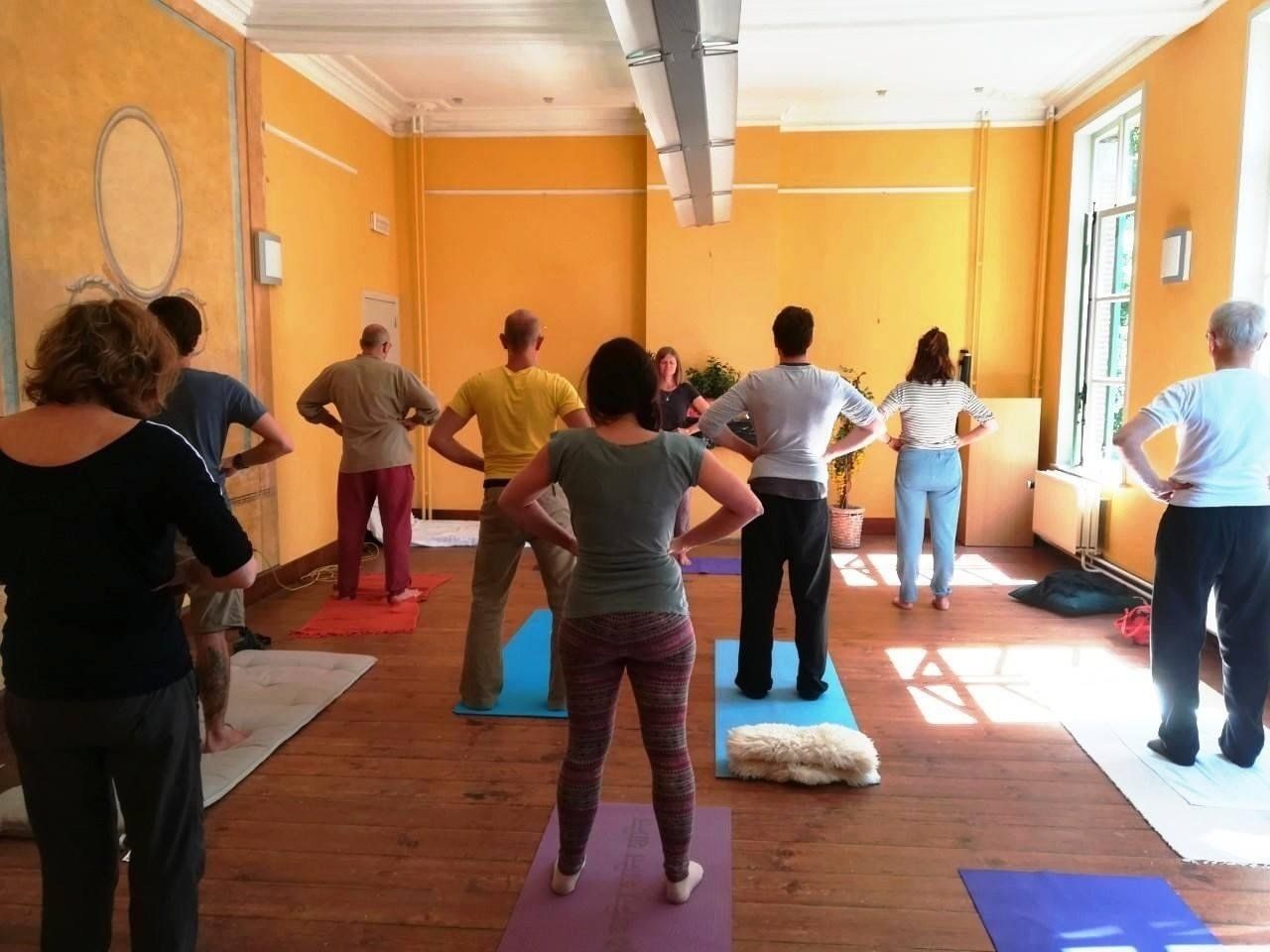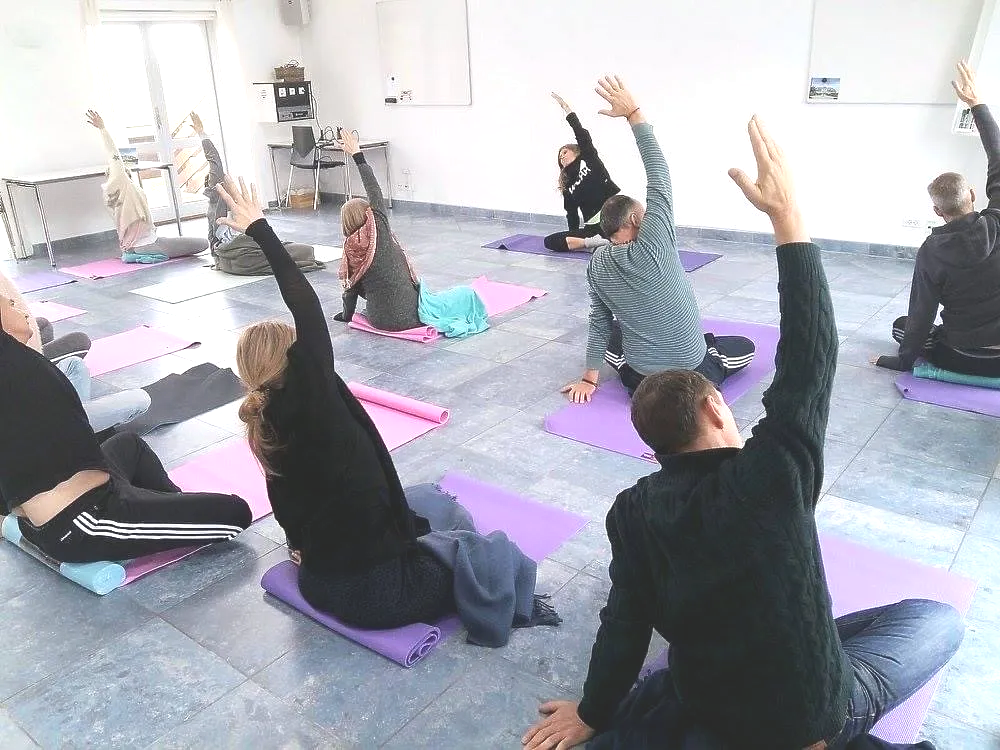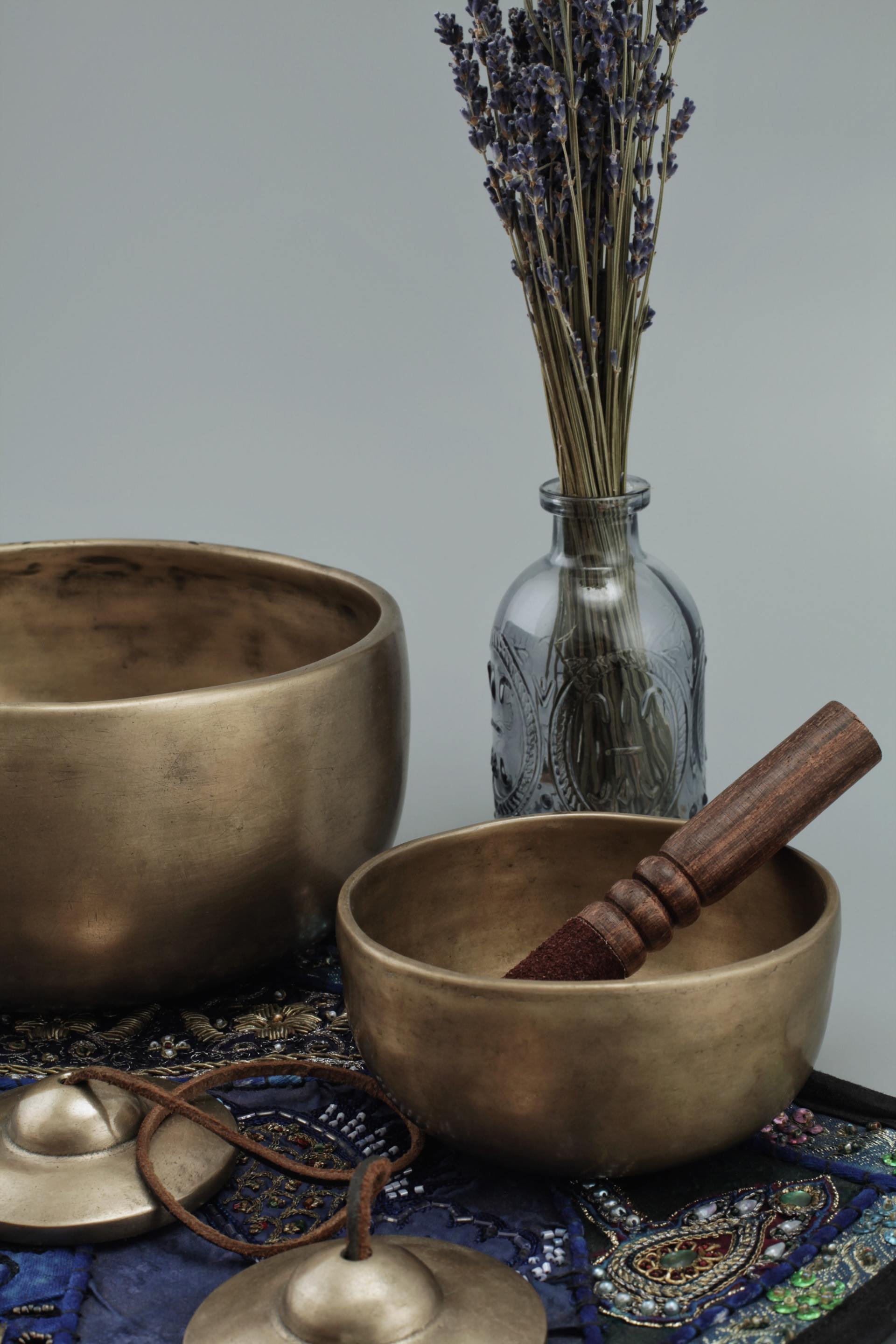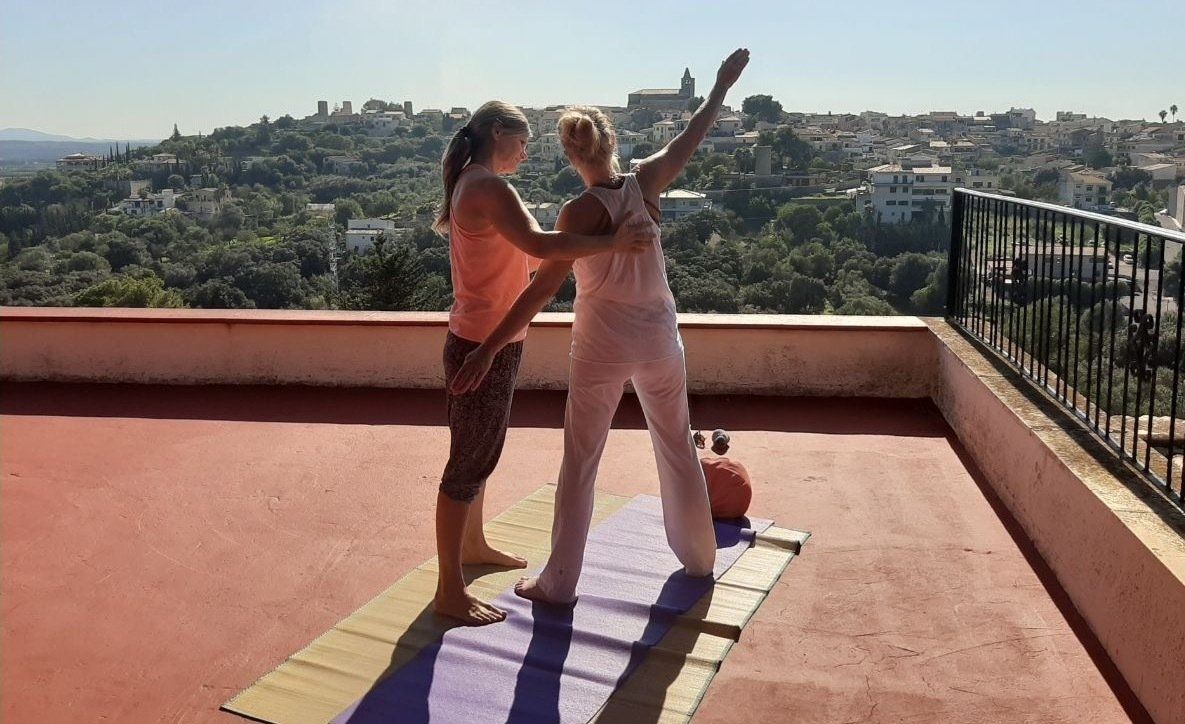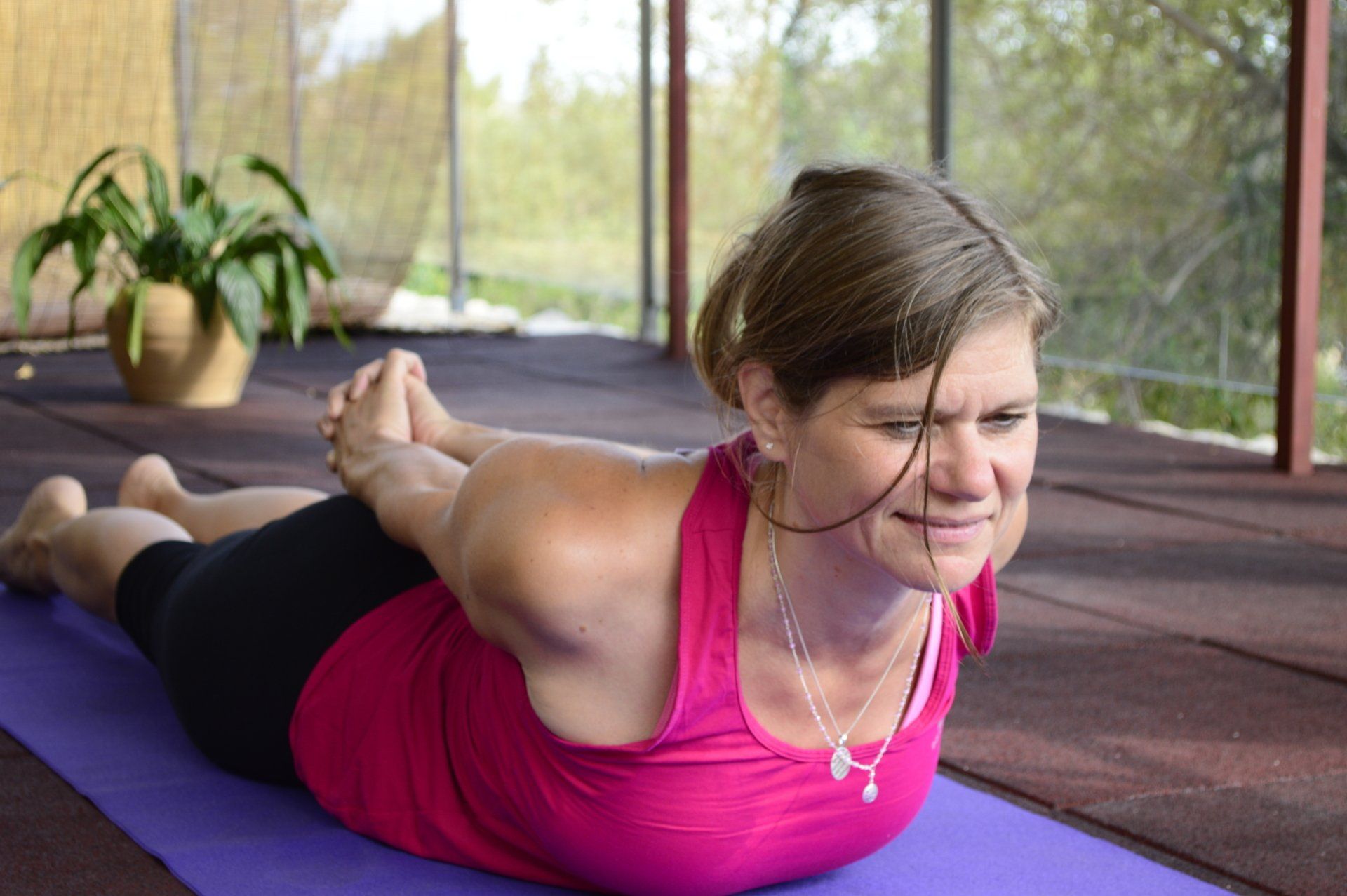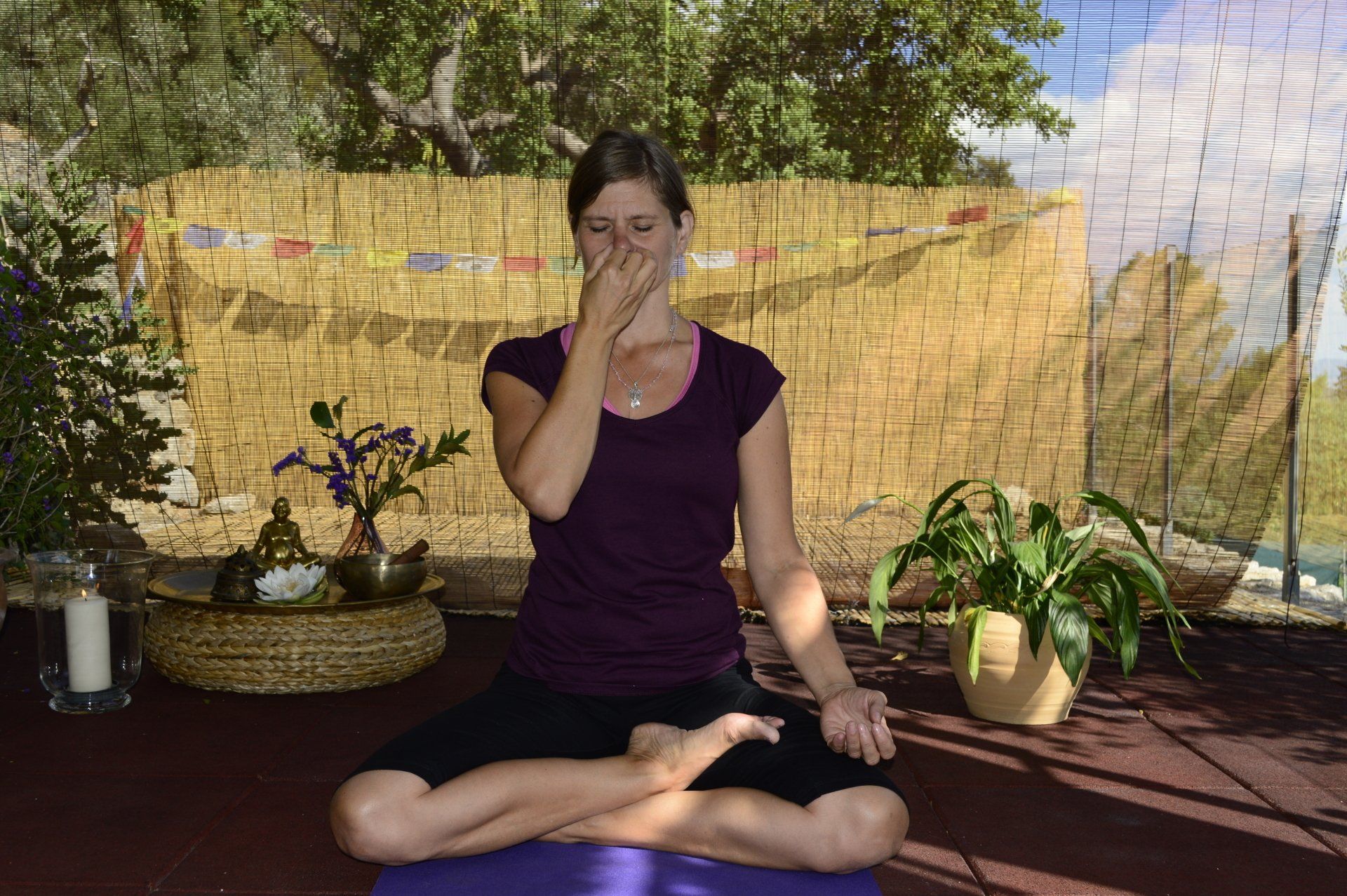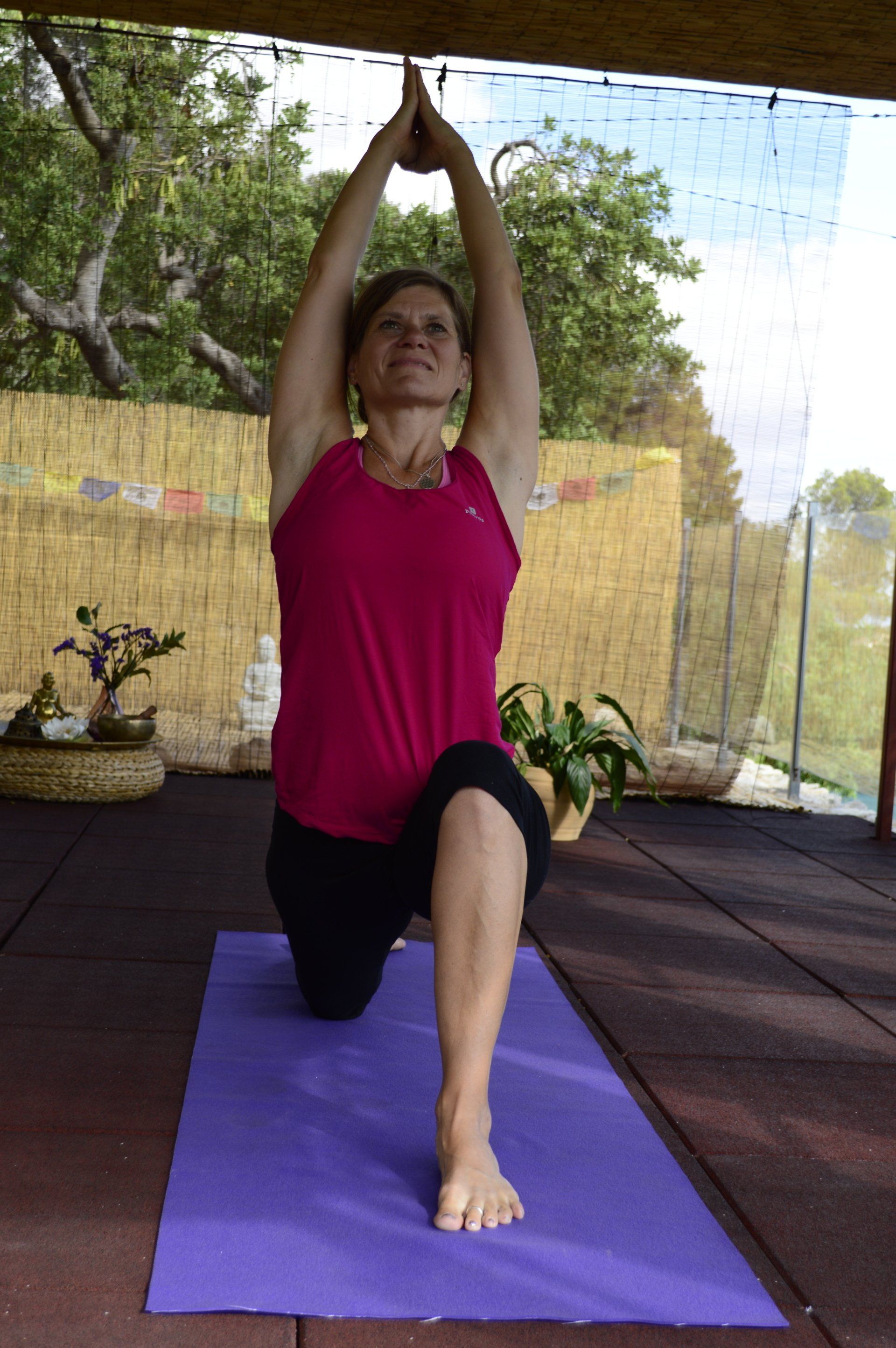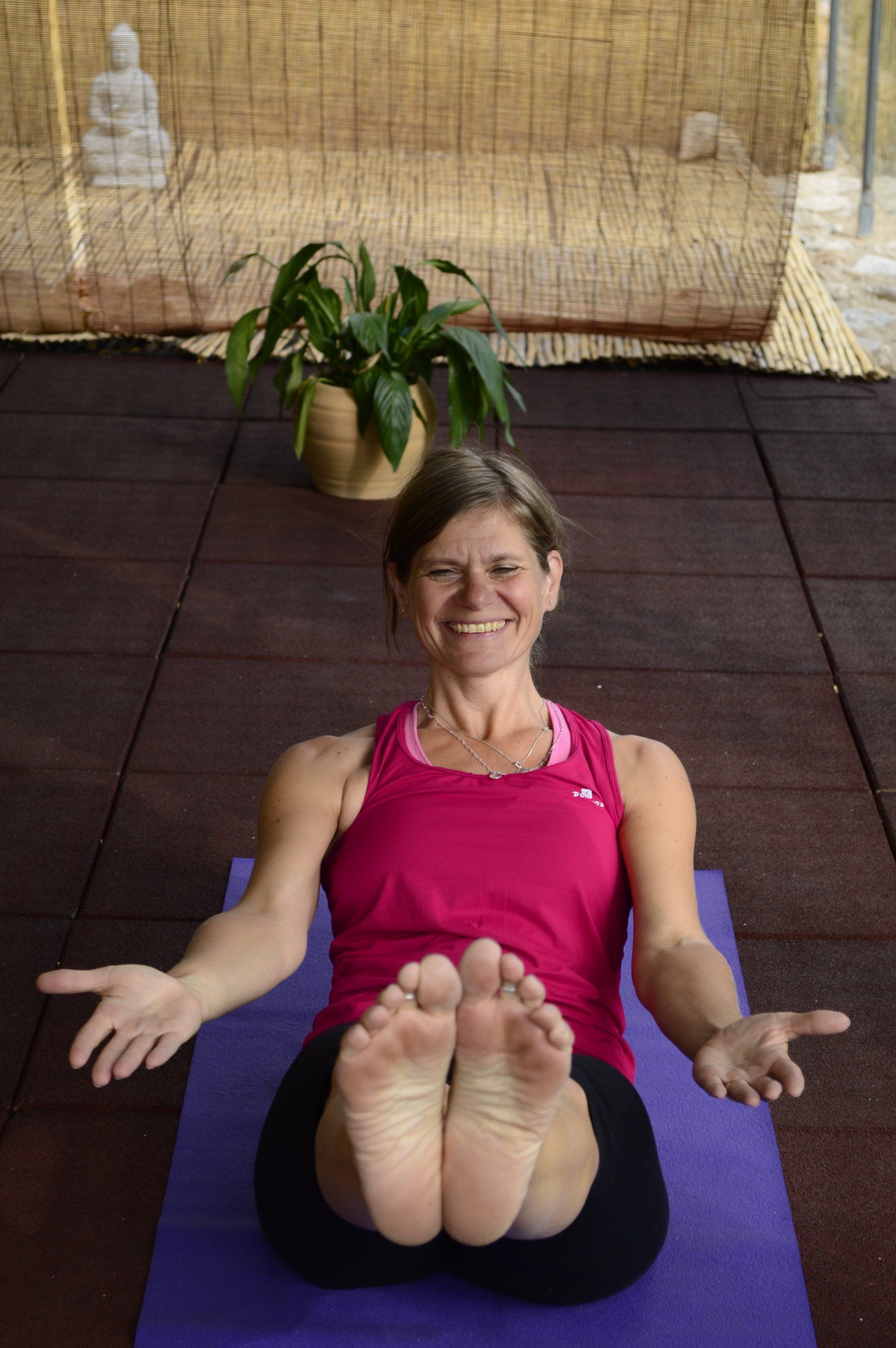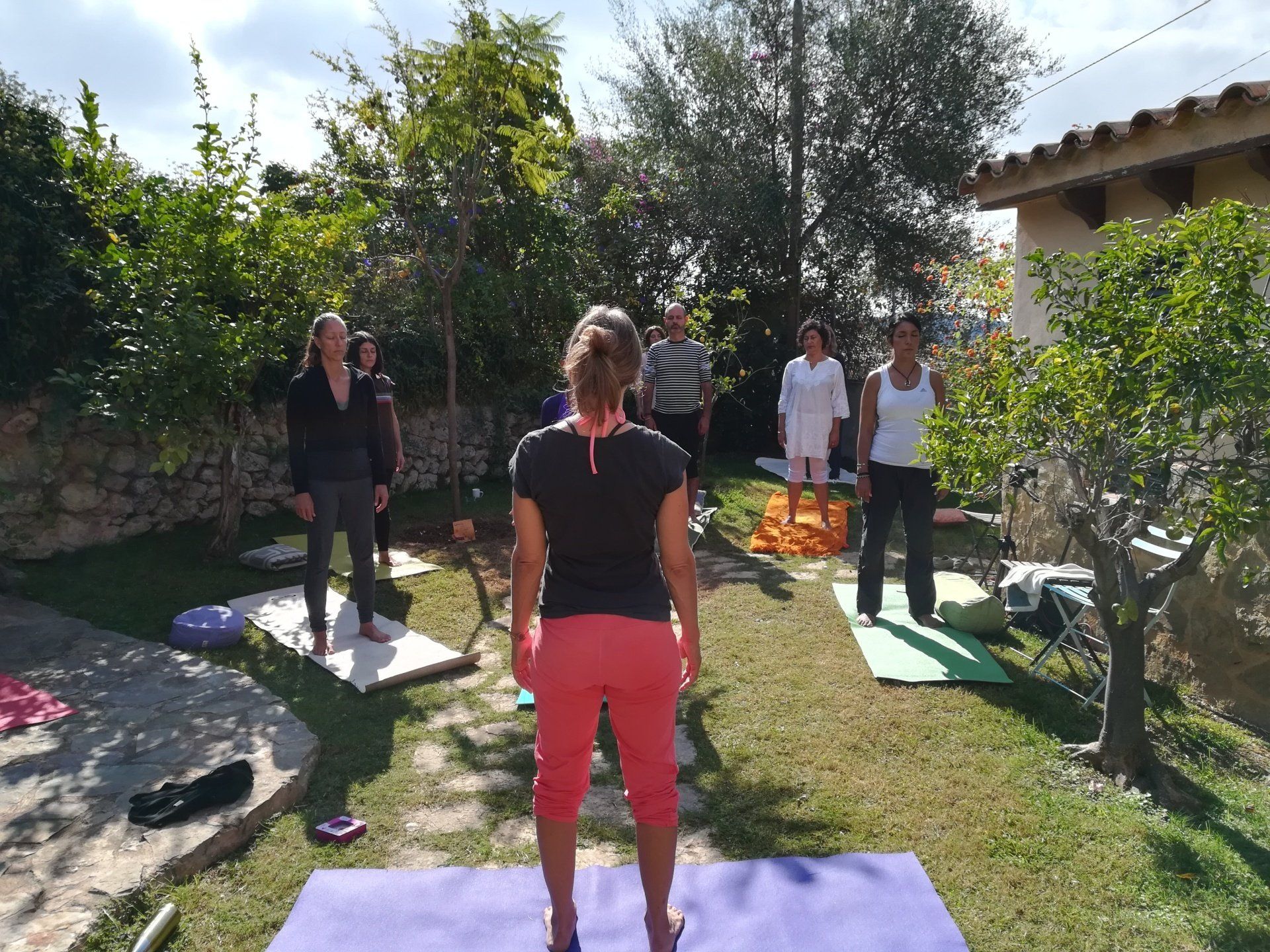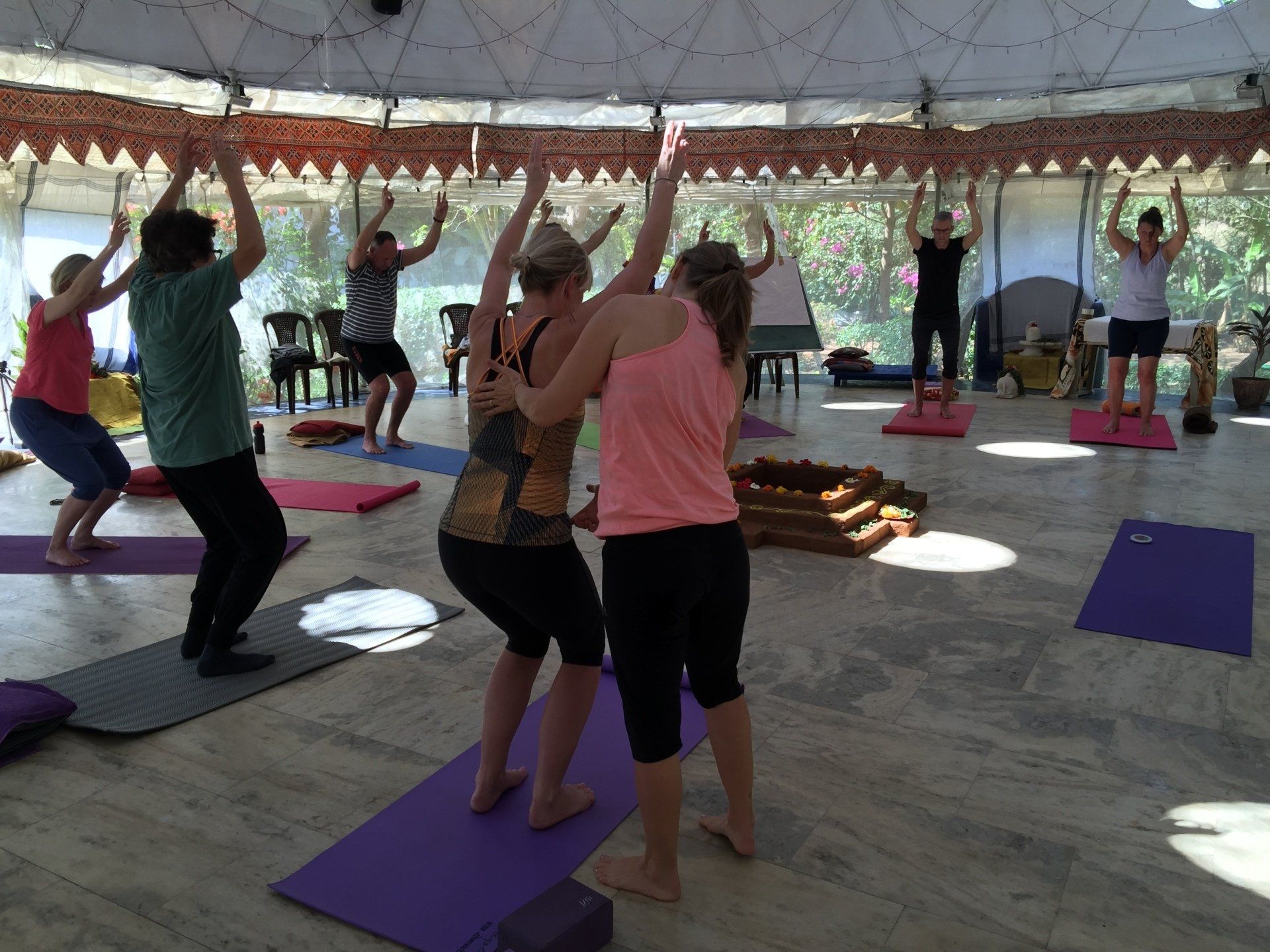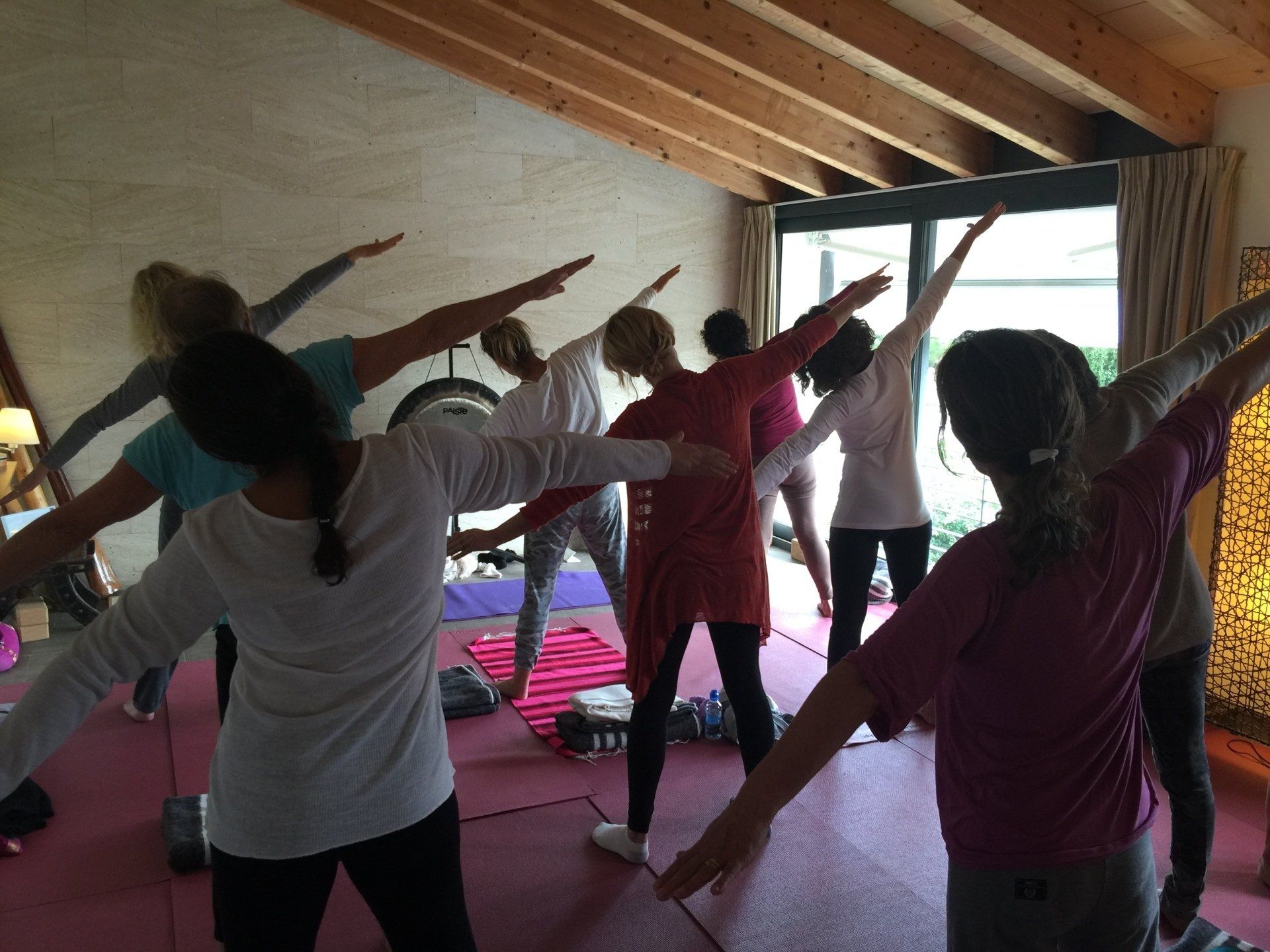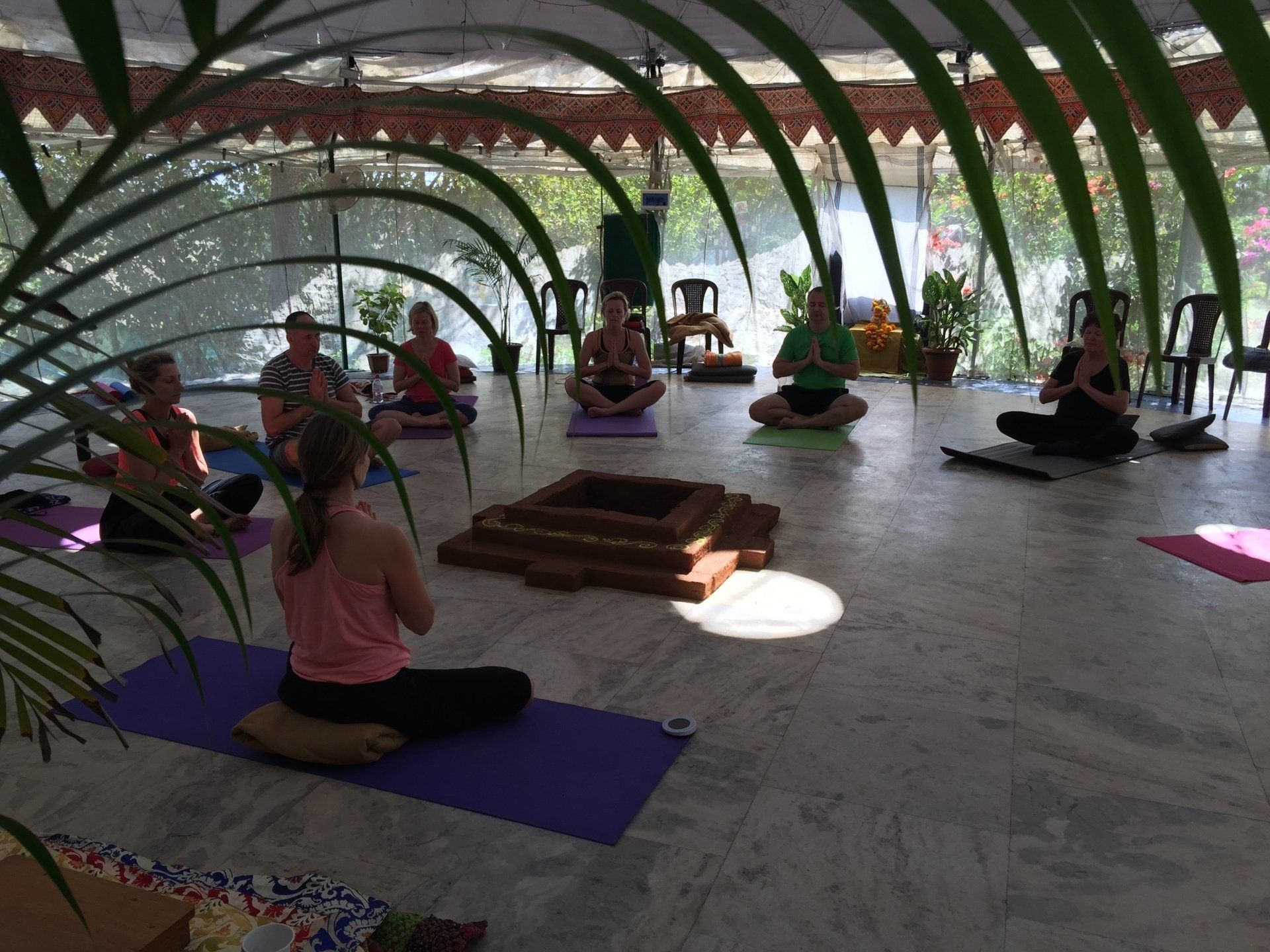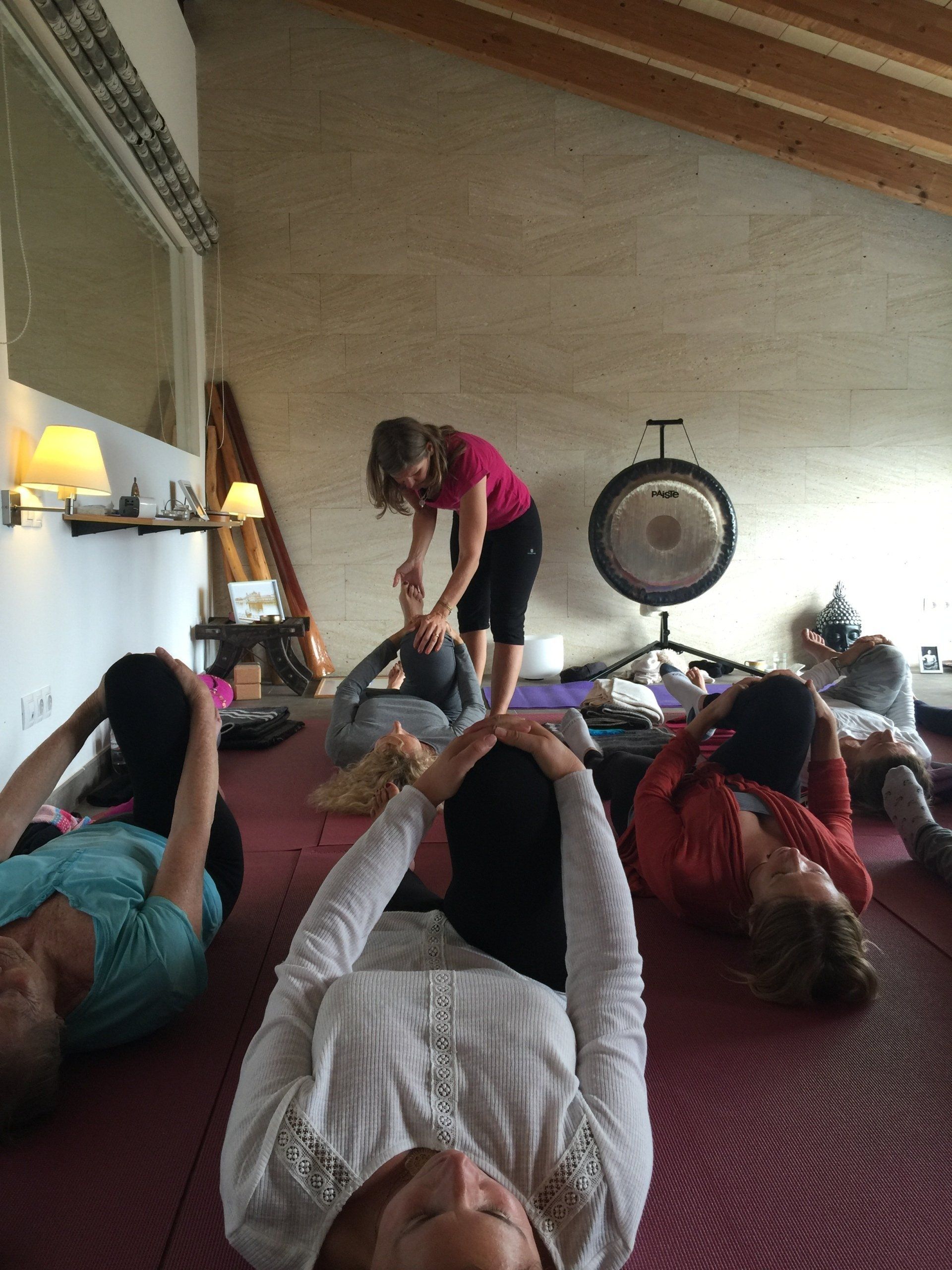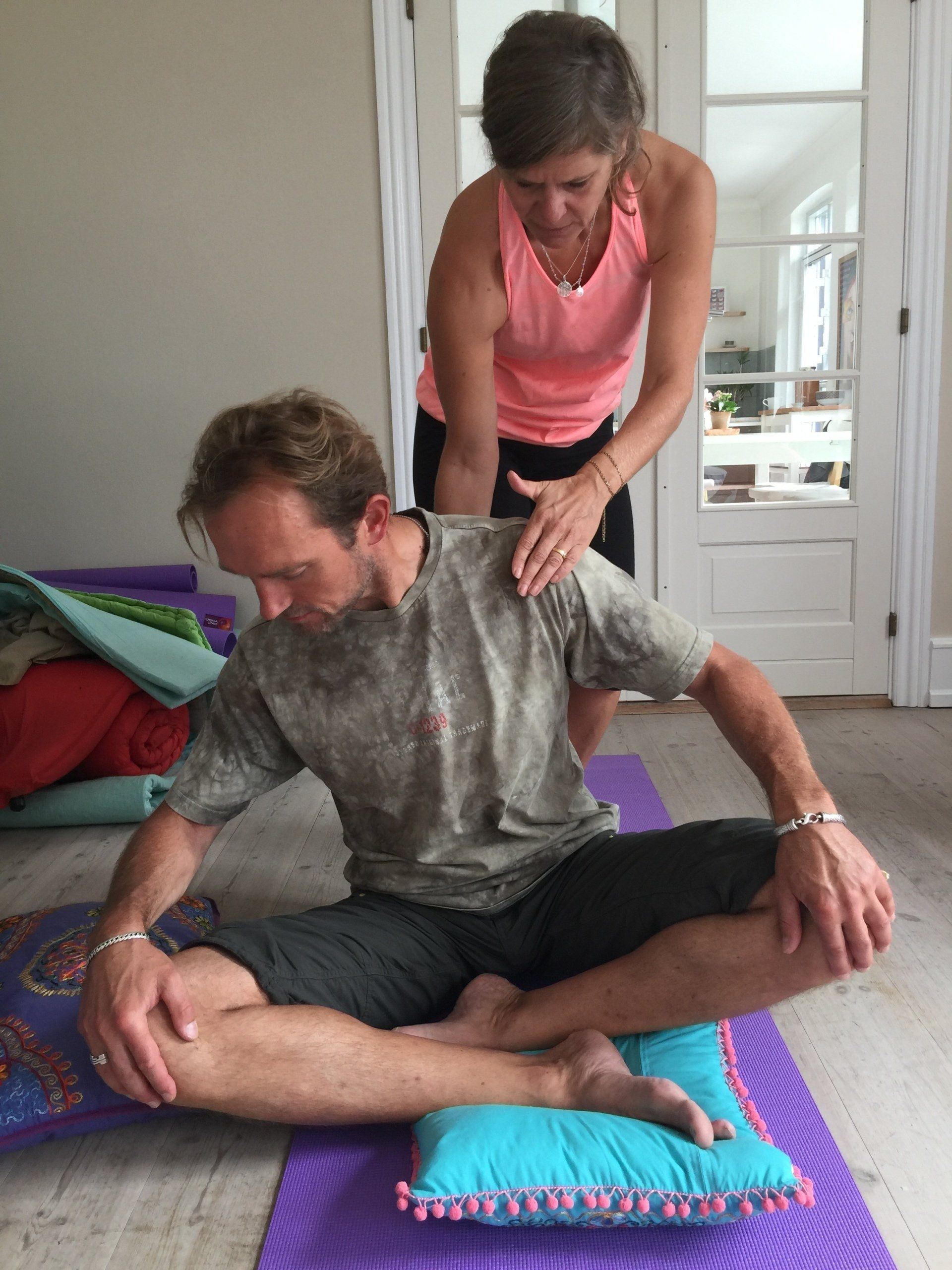Yoga

“After a hectic an stressful day, coming to Yoga is calming and restorative. With Devi’s prensence, her touch and gentle voice it is like going to a spa. “
“After a hectic an stressful day, coming to Yoga is calming and restorative. With Devi’s prensence, her touch and gentle voice it is like going to a spa. “
Heidi
Button
“When I am practicing Yoga with Devi I’m in total concentration and am totally emersed in the moment.”
“When I am practicing Yoga with Devi I’m in total concentration
and am totally emersed in the moment.”
Anna

“It is the combination of beieng reminded of the physical body and awareness of the breath that makes me feel completly relaxed and energised at the same time after every session.”
“It is the combination of beieng reminded of the physical body and awareness of the breath that makes me feel completly relaxed and energised at the same time after every session.”
Matteo
Button
ABOUT HATHA YOGA LESSONS
PERSONAL YOGA
Yoga improves health and flexibility and harmonizes your body, mind and spirit. It is one of the oldest holistic health systems from India.
A regular yoga practice
• supports flexibility, strengthens muscles and improves posture
• helps to stretch and align muscles, tendons, ligaments and joints
• adjusts the energy flow, unveils and releases blocks and tensions
• with deep, conscious breathing, activates the metabolism
and increases the function of the inner organs
Yoga helps to gain new physical, mental and emotional strength.The goal is a healthy body, a relaxed, balanced and peaceful mind. Unifying your body, mind and spirit, it allows you to achieve a sense of wholeness, peace and self realization.
THE 5 PILLARS OF YOGA
1. CONSCIOUS BREATHING (PRANAYAMA)
Activates the chakras and releases stress. Through the breath we reconnect with our core and arrive in the here and now.
2. CONSCIOUS EXERCISE (ASANAS)
Increases flexibility of muscles, joints, tendons and ligaments, activates the metabolism, strengthens the inner organs and increases the flexibility of the spine.
3. CONSCIOUS RELAXATION (SAVASANA)
Helps to deeply regenerate body and mind. We feel less exhausted and sleep more deeply.
4. MEDITATION AND INNER BALANCE
is the key to mental peace. Through concentration on the core of our being and by letting go of our thoughts we attain inner peace.
5. CONSCIOUS DIET
is fresh and natural, and it promotes health. It contains food which benefits and nourishes body and mind and which has the least negative impact on the environment and other beings.
YOGA STYLE
It is based on Hatha Yoga with focus on rising inner awareness/consciousness, energy flow and the chakras. While doing postures and breathing exercises during class, we are aware of our physical, mental and emotional state. We are using the body and the breath to let go of deep patterns, blocks and tensions which where build up due to a stressful everyday life. By opening to a more consciously relaxed state, the energy can flow again and the following characteristics unfold naturally: sincerity, equilibrium, courage, perseverance, self-awareness and love.
A TYPICAL YOGA CLASS
A class consists of 3 components:
Pranayama (breathing exercise)
Asanas (Yoga postures)
Deep relaxation
A yoga class is between 60 – 90 minutes.
Meditative holding of the asanas with concentration within and conscious breathing is a fixed part of the class.
There is stretching and exercises which open and activate the chakras. As a result, physical and mental tensions are released, and strength and flexibility are improved.
Pranayama recharges the energy level. In the following relaxation, body and mind can deeply let go.
WHO CAN PRACTICE?
People of any age or any fitness level can practice yoga. The beauty of yoga is that it is highly flexible, so you can modify yoga techniques to meet your needs.
WHY TAKE YOGA PRIVATE LESSONS?
There are different reasons for taking private lessons. Whatever your reasons might be, together we tailor an individual program for your special needs. In a calm and relaxing private atmosphere you can concentrate in depth on the program.
A private lesson is especially useful if you:
- Have a long term physical injury which needs special attention.
- Never before have practiced Yoga and would like to start without a group.
- Want to focus on a special issue like tension, or if you wish to strengthen specific body parts, or focus on breathing, deep relaxation (Yoga Nidra), or meditation (Rising Energy Meditation).
- Are in a personal situation in life and work on a specific emotional issue.
- In a dialog, with bodywork and breathing techniques, we focus on the issue together and work on practical solutions for everyday life.
HOW LONG IS A PRIVATE LESSON?
A private lesson is between 60 and 90 min.
WHERE DOES IT TAKES PLACE?
Either you come to Rudra Retreat Center,
or I come to your home or office.
PRANAYAMA
The word pranayama is a compound of two separate Sanskrit terms, prana and yama. The Atharvaveda, (one of the earliest Vedic texts on Indian medicine) states that prana is “the fundamental basis of whatever is, was, and will be.” Other texts often translate prana, as the “life force”, "expansion of the life force" or “vital energy”. The complementary term yama is often translated as “restraint” or “control”.
The Pranayama is typically defined as a set
of practices designed to manage prana within
the human body by various breathing techniqueS
The Benefits of Pranayama
Prana is often referred to as the driving force of all the functions of the body. Various functions of the body such as swallowing, digestion, and physical movement are all reliant on the efficient functioning of the prana within the body.According to Indian medicine, the roots of all disease and mental imbalance can be traced to abnormalities and deficiencies in the body’s energy flow. Pranayama practices serve as a particularly powerful tool to heal illness and correct mental imbalances since the control of breathing is the most direct method to affect life force.
Strong lungs Relieve stress Improve concentration Detoxify body Clear sinuses Better sleep Boost immunity Cardiovascular health Better digestion Glowing skin Weight loss Improve Brain disorders Increases gray matter Well oriented mind Spiritual benefits
Where Should I Begin?
Pranayama practices are best learned under the guidance of a qualified instructor. Though not commonly known, many Tibetan Buddhist monks and nuns practice traditional Hatha Yoga pranayama exercises that can be traced to the 9th century CE.
I am happy to come
to your location as required
Visit also my other website together with my husband we run the Rudra Retreat Center located on Mallorca


